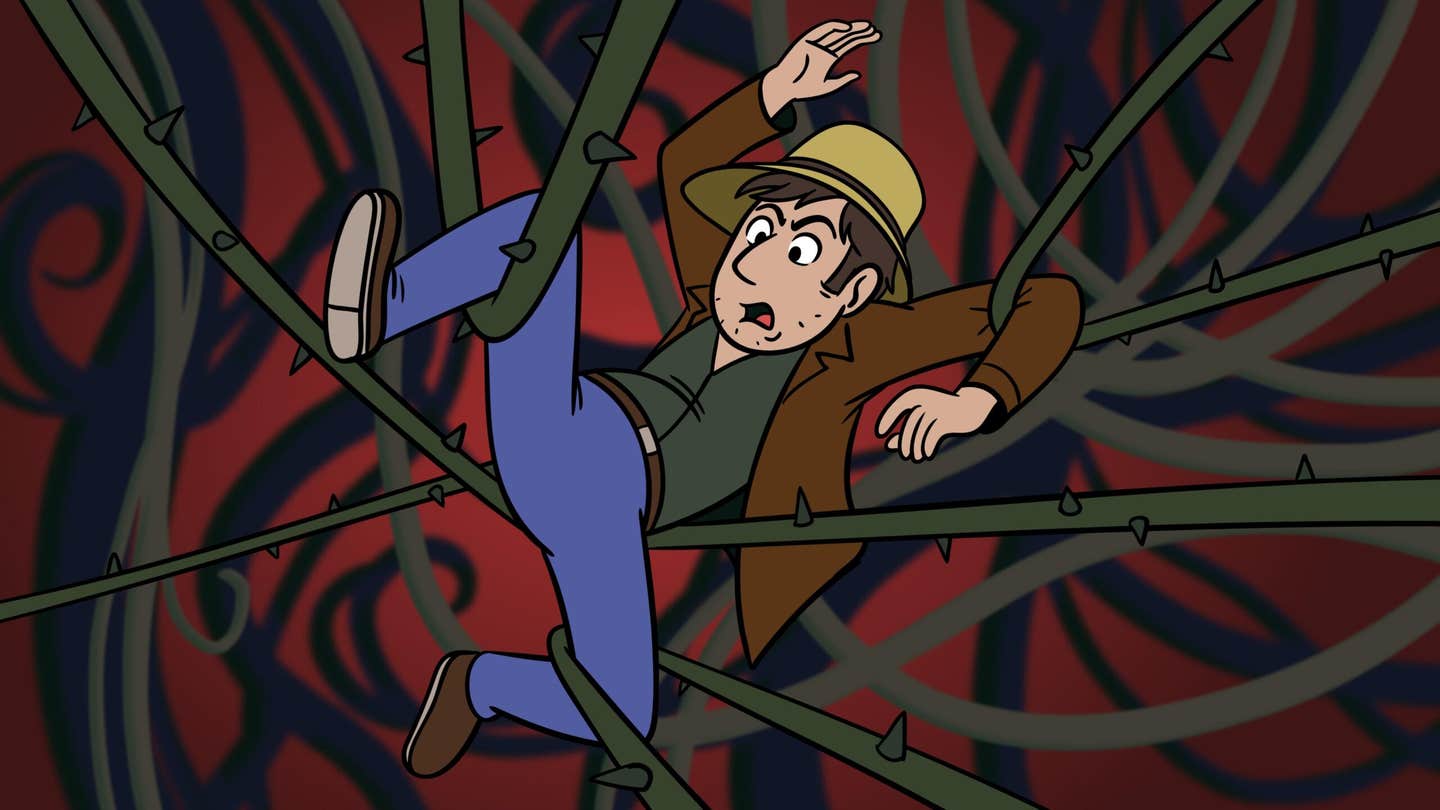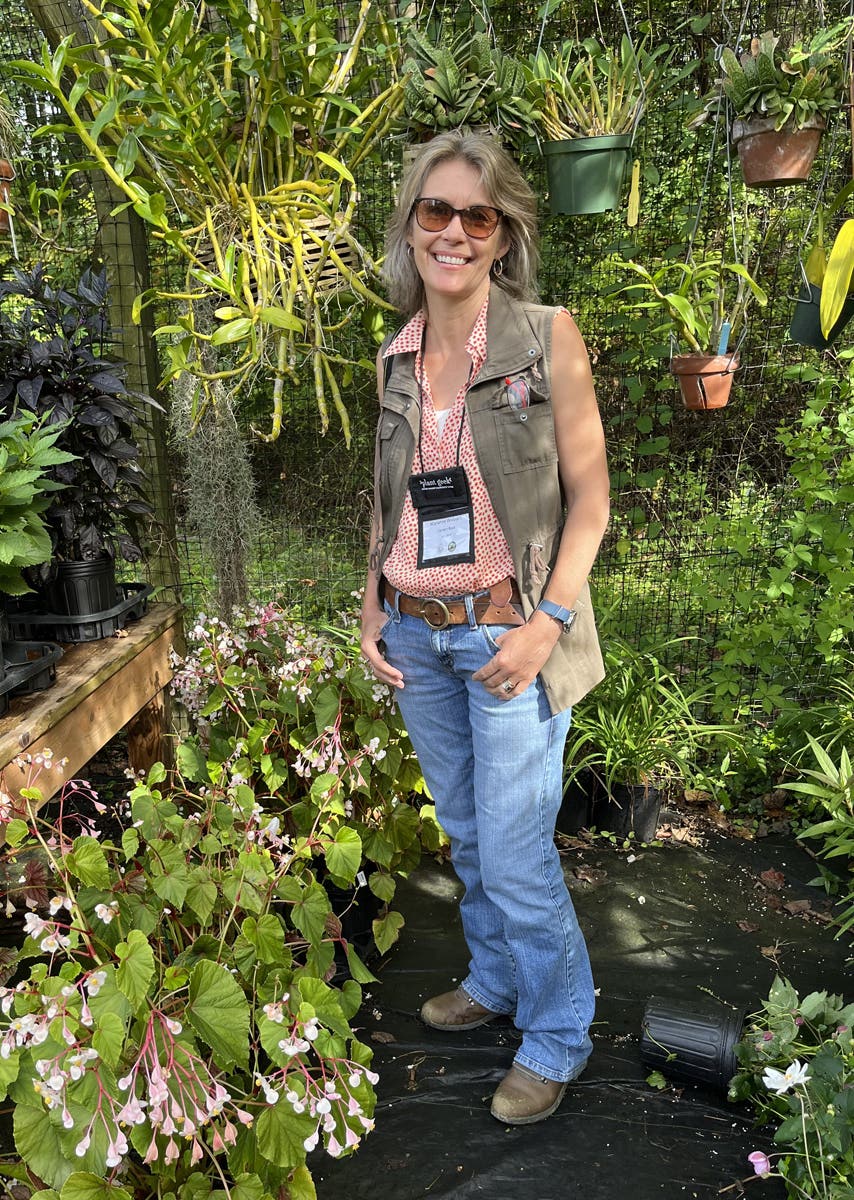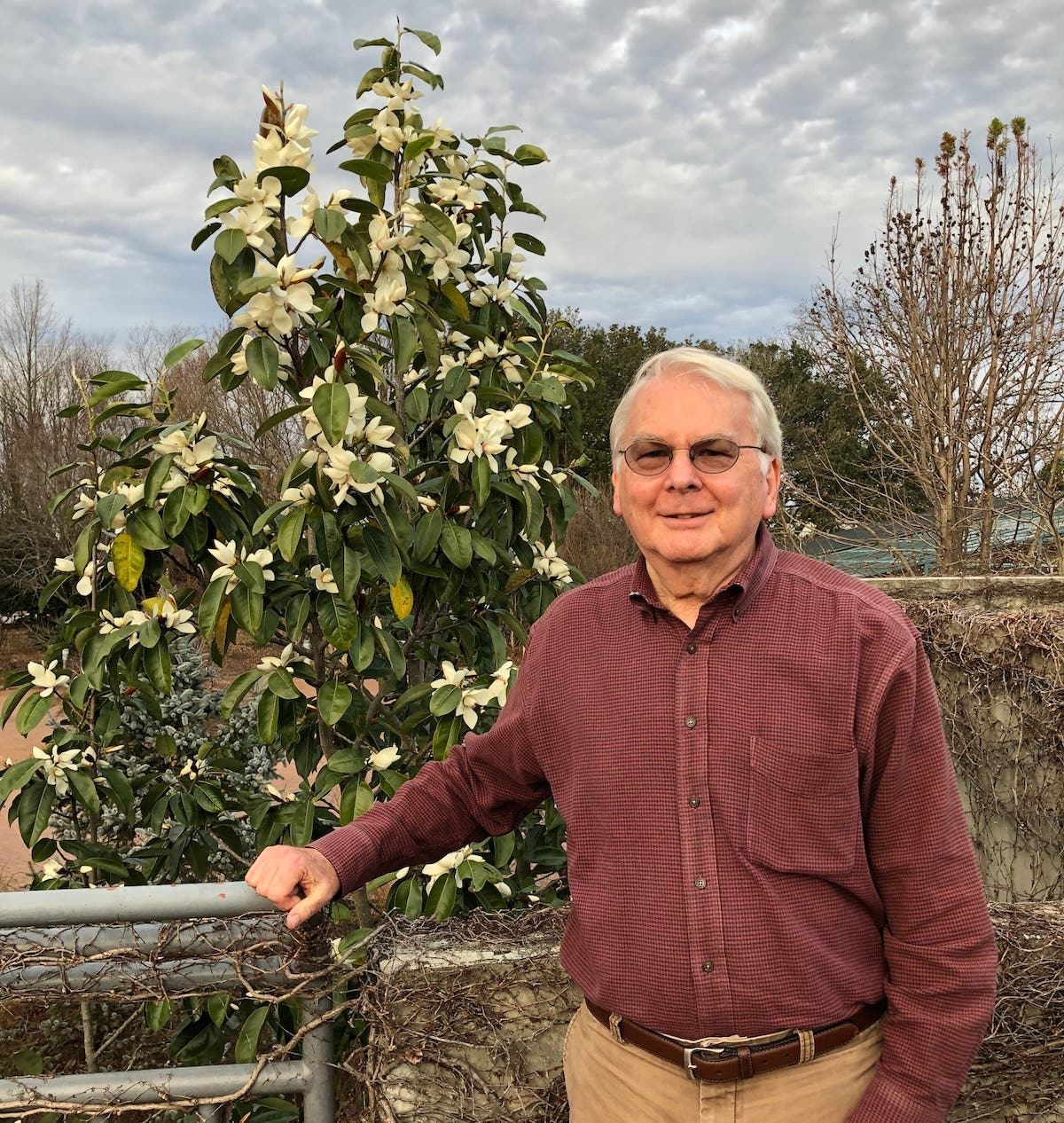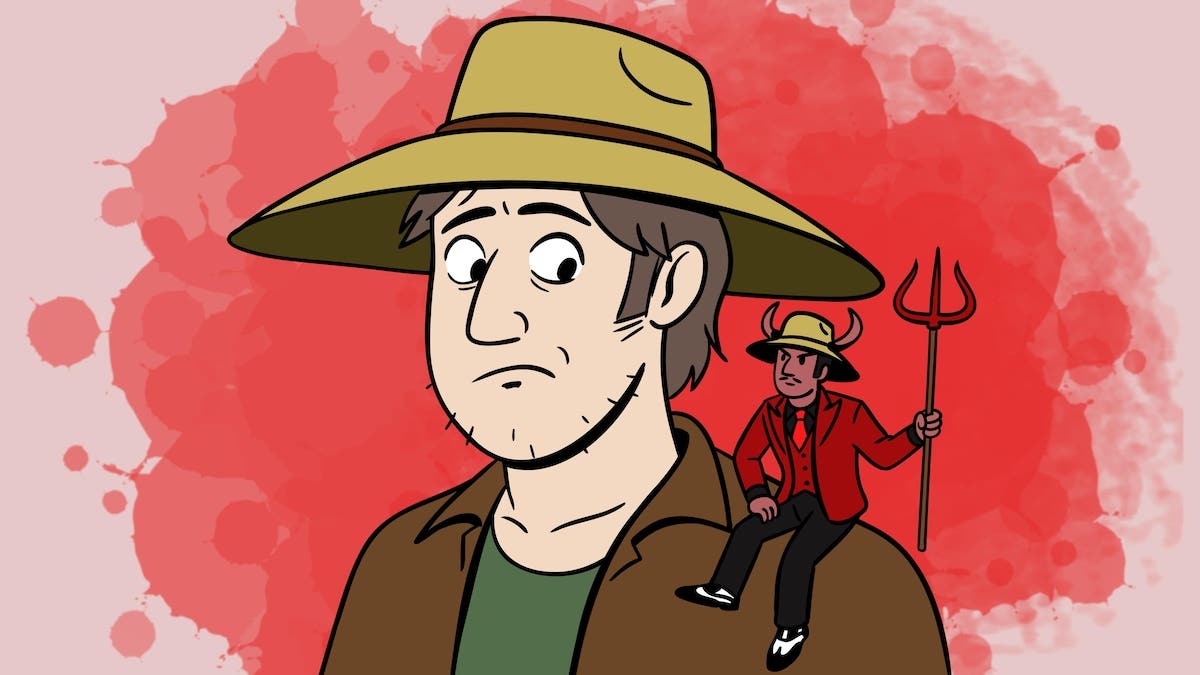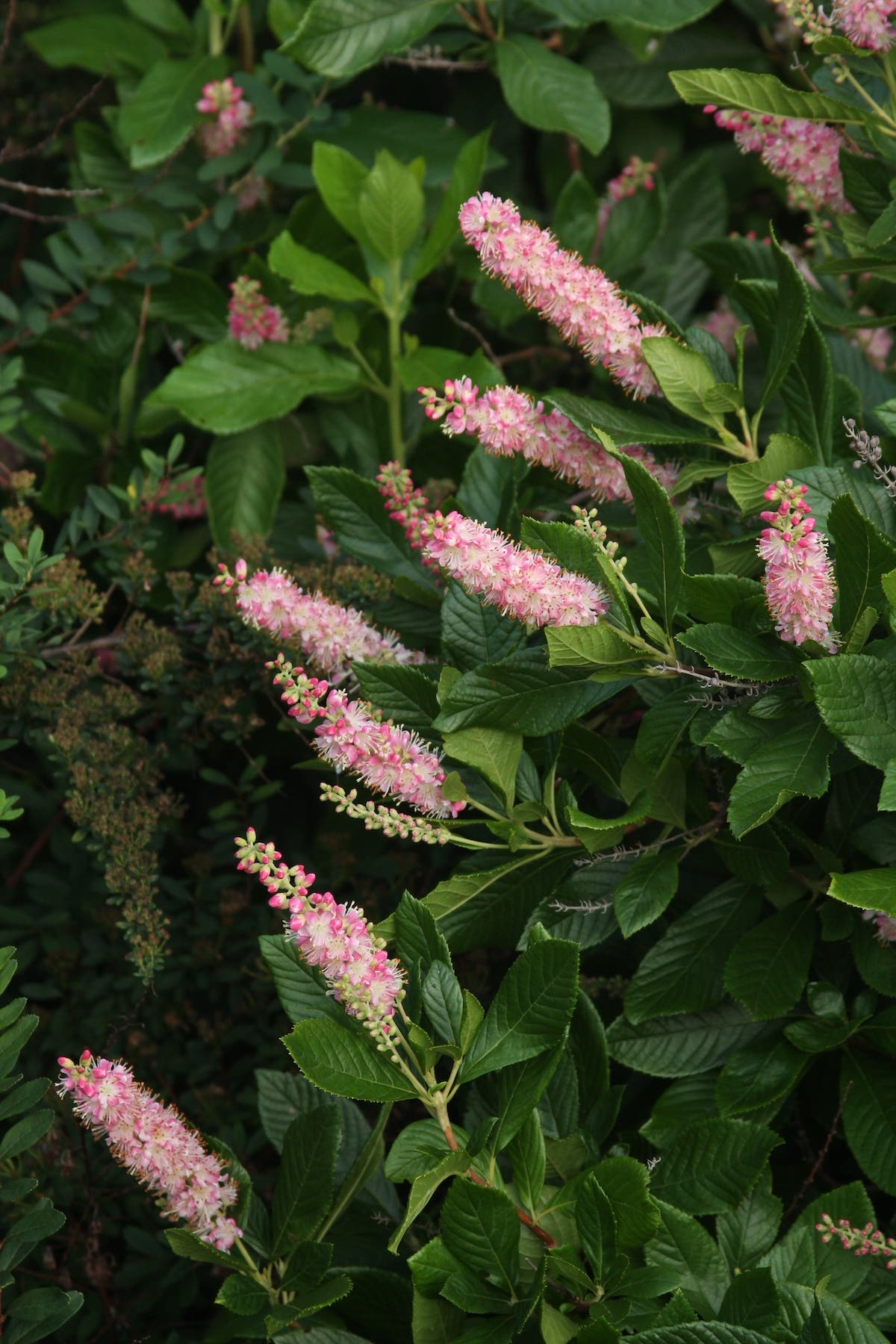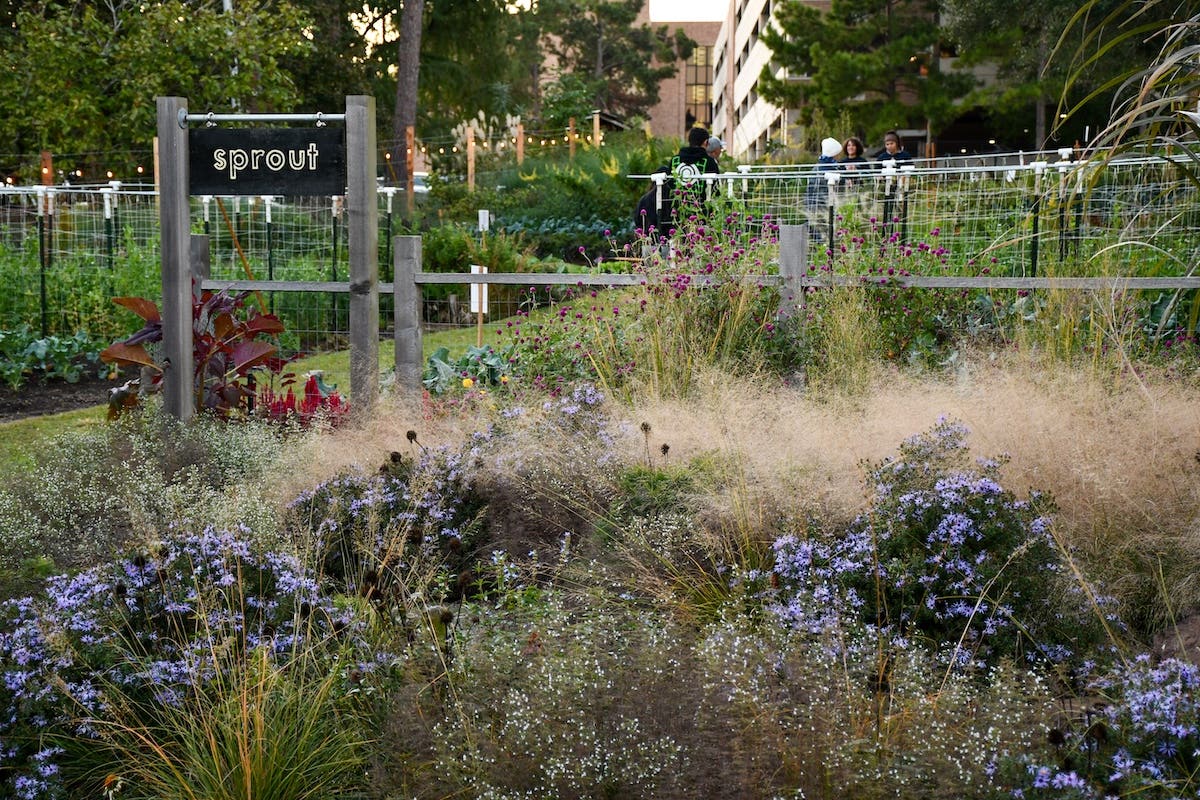Creating Year-Round Interest in the Garden
by Kathy Diemer Whether novice or experienced gardeners, we all strive for gardens that look good no matter the season. And that is indeed a challenge. What can we do…
by Kathy Diemer
Whether novice or experienced gardeners, we all strive for gardens that look good no matter the season. And that is indeed a challenge. What can we do to maintain some structure and color when the temperatures hover in the single digits and all signs of plant life are but a pleasant memory? The answer is incorporating evergreens and deciduous shrubs into your landscape.
When I first started my gardens, I went to the nursery and loaded up on every perennial that looked good at the time. I soon realized my mistake when, by midsummer, there was absolutely nothing going on. Ghost town in the garden, so to speak.
From there, I began searching for perennials that bloomed longer (like rudbeckia) and later (like anemone). But, once winter arrived and snow covered the ground, you still couldn't tell where the lawn ended and the garden began. That's when shrubs and evergreens came into my life, solving the seasonal interest conundrum as well as providing a little less work overall.
The trick to using shrubs, evergreens and dwarf trees in the garden is to carefully consider each plant's attributes and how they will impact your overall theme during each season. And if you haven't thought about an overall theme, you may want to start there first. For example, do you want a lot of gold and chartreuse foliage in a particular bed? If so, you may want to consider adding perennials with contrasting colors like rich burgundy, bold pink or bright yellow. Editing your selections so that the harmonizing colors are sprinkled throughout symmetrically will be imperative to the garden's overall cohesiveness.
Going further, you will want to choose architecturally interesting deciduous shrubs and texturally appealing evergreens that will complement each other while making a statement during the dormant months. Form, height and spread are important considerations when deciding on plants and placement. For structural element, I selected a dwarf blue spruce and under planted it with a weeping larch, low-growing sedums and groundcover junipers. In close proximity is a crimson red-twig dogwood, a dwarf white pine and an upright gold-edged juniper, all looking marvelous during winter months. The palette changes in spring when the dwarf lilac's fragrant violet blooms pair up beautifully with the frosty blue needles of the dwarf spruce. In summer, the gold-edged spruce is flanked by the creamy white variegated leaves of the twig dogwood and bringing up the rear is a purple smoke bush with leaves that reflect the sun's rays in dazzling shades of crimson reds and fiery orange.
If you would like to start simply, many trees can stand alone in the landscape and are quite happy to have all the attention to themselves. Colorful evergreens like the pale blue 'Hoopsi' spruce light up the landscape like a Christmas tree-without the lights, while 'Cripsii's' golden color stands out like a torch in the night. Stewartia, metasequoia and river birch are not to be missed for fabulous bark and trunk coloring. Even alluring Magnolia stellata has merit with a strong grey trunk and branches embellished with furry silver buds.
Creating seasonal interest is an ongoing process as our plantings mature and we evolve as gardeners. Designing and implementing your ideas is both challenging and rewarding. You may have successes and disappointments, but over the course of time the outcome will be well worth the effort.
___________________________________________
In her blog A Garden For All, Kathy Diemer shares her decades of gardening experiences in Zone 5 Connecticut, along with adventures she has encountered along the way.


